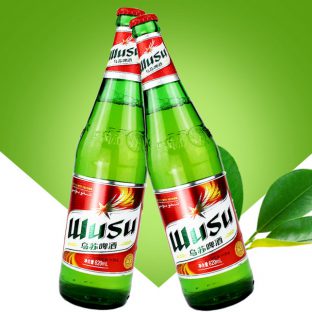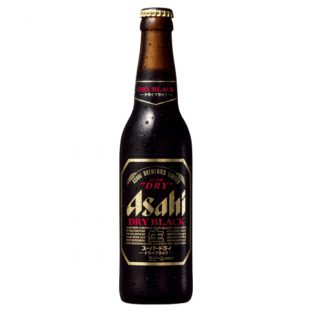Budweiser (/ˈbʌdwaɪzər/) is an American-style pale lager produced by Anheuser-Busch, currently part of the transnational corporation Anheuser-Busch InBev and produced in various breweries around the world. There is an unrelated lager also called Budweiser, originating centuries ago in České Budějovice, Czechia (historically known as Budweis); the existence of the two separate beers has given rise to a trademark dispute preventing Anheuser-Busch from using the “Budweiser” name in some regions, leading to the exclusive use of “Bud” in those markets.
Introduced in 1876 by Carl Conrad & Co. of St. Louis, Missouri, Budweiser has become one of the largest-selling beers in the United States. The lager is available in over 80 countries, though not under the Budweiser name where Anheuser-Busch does not own the trademark. Budweiser is a filtered beer, available on draft and in bottles and cans, made (unlike the Czech lager) with up to 30% rice in addition to the hops and barley malt used by all lagers.
Budweiser is produced using barley malt, rice, water, hops and yeast. Malt gives color and the sugar that is needed for the beer to ferment. Yeast is key in the flavor. The hops gives the beer spice, aroma and bitterness. Another ingredient is rice, helping Budweiser achieve crispness in its flavor. Finally, there is the water, which is filtered to make sure it’s pure. The brewing happens in 7 steps: milling, mashing, straining, brew kettle, primary fermentation, beechwood lagering and finishing. It is lagered with beechwood chips in the aging vessel. While beechwood chips are used in the maturation tank, there is little to no flavor contribution from the wood, mainly because they are boiled in sodium bicarbonate (baking soda) for seven hours for the very purpose of removing any flavor from the wood.[
The maturation tanks that Anheuser-Busch uses are horizontal and, as such, flocculation of the yeast occurs much more quickly. Anheuser-Busch refers to this process as a secondary fermentation, with the idea being that the chips give the yeast more surface area to rest on. This is also combined with a krausening procedure that re-introduces wort into the chip tank, therefore reactivating the fermentation process. Placing the beechwood chips at the bottom of the tank keeps the yeast in suspension longer, giving it more time to reabsorb and process green beer flavors, such as acetaldehyde and diacetyl, that Anheuser-Busch believes are off-flavors which detract from overall drinkability.
Budweiser and Bud Light are sometimes advertised as vegan beers, in that their ingredients and conditioning do not use animal by-products. Some may object to the inclusion of genetically engineered rice and animal products used in the brewing process. In July 2006, Anheuser-Busch brewed a version of Budweiser with organic rice, for sale in Mexico. It has yet to extend this practice to any other countries.
| Weight | 6 kg |
|---|---|
| Product Package Size | |
| Product Brand or Producer | |
| Price Range | |
| Beer/Cider/RTD Region/Country | |
| Beer/Cider/RTD Type |














